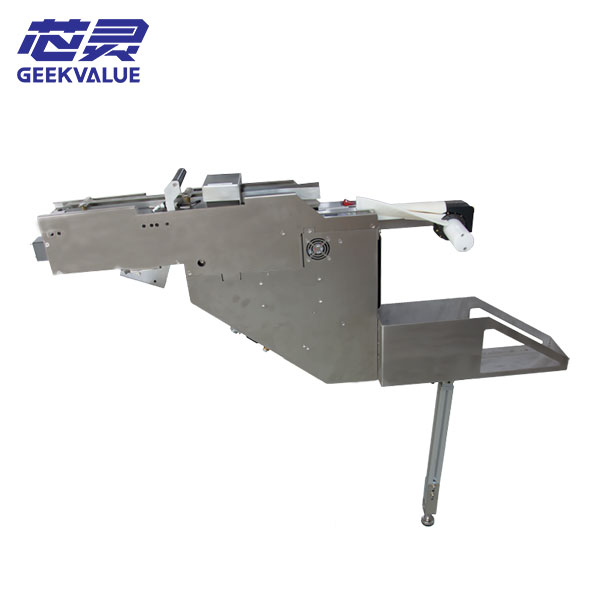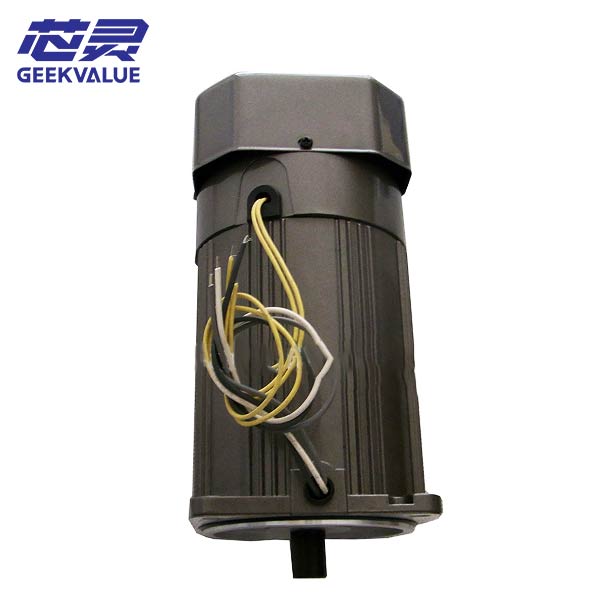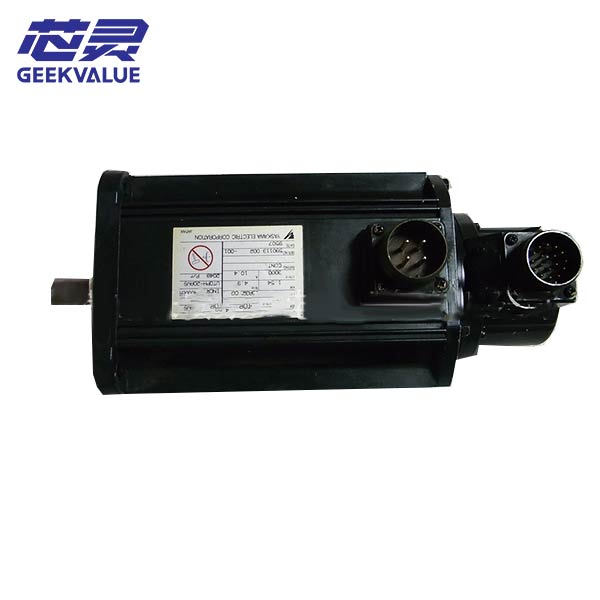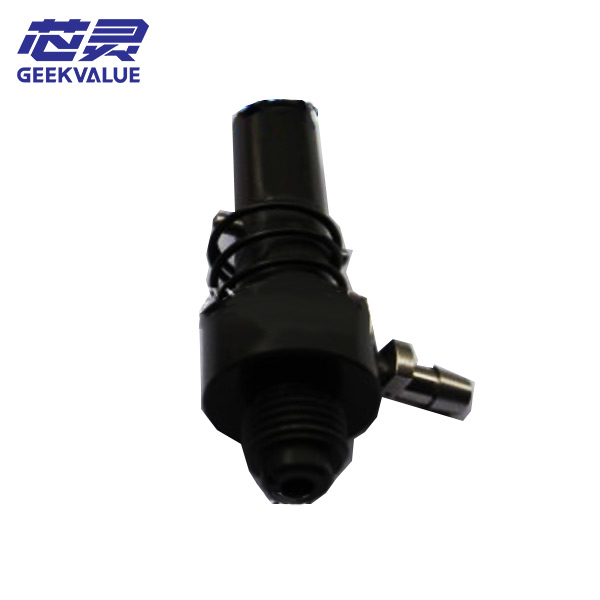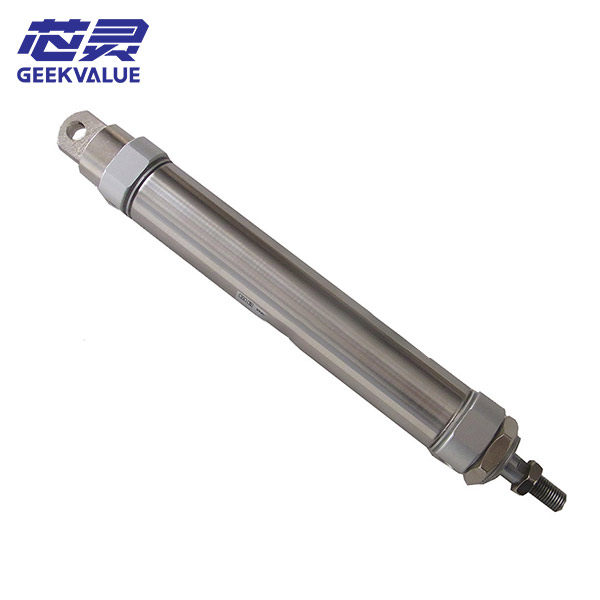The main function of the SMT large electrolytic capacitor feeder is to provide a stable material supply to ensure that the insertion machine can continuously and accurately absorb and mount large electrolytic capacitors during the production process.
Functions and Roles
Provide a stable material supply: The large electrolytic capacitor feeder can ensure that the placement machine can continuously and accurately absorb and mount large electrolytic capacitors during the production process, thereby improving production efficiency and mounting accuracy.
Adapt to different brands and models of insertion machines: Different brands of insertion machines may require different specifications of feeders, but different models of feeders of the same brand can usually be used universally, which increases the scope of application of the feeder.
Adapt to different package types: Feeders can be distinguished according to the package size and type of components. Common types include strip, tubular, tray and bulk.
Use scenarios and scope of application
The large electrolytic capacitor feeder is suitable for various production scenarios that require high-precision mounting of large electrolytic capacitors, especially in the manufacture of electronic products that require a large number of large electrolytic capacitors, such as power supplies, electronic equipment, etc.
Maintenance and care
In order to ensure the normal operation of the feeder, regular inspection and maintenance are required:
Check whether the feeder is installed firmly: Ensure that the feeder is tightly connected to the placement machine to avoid loosening during the production process.
Clean the feeder regularly: Remove dust and impurities on the feeder to keep it running smoothly.
Check the material supply: Ensure that the material supply is sufficient and of good quality to avoid affecting production efficiency due to material problems.
Through the above measures, it can be ensured that the large electrolytic capacitor feeder performs at its best during the production process, improving overall production efficiency and product quality.
